A BBC radio and TV series here in the UK is "Room 101." People argue to send things they dislike into the infamous room from Orwell’s book Nineteen Eighty-Four, where they will never be seen again. What would you send there from the world of photography?
Photography should be fun, but some things get in the way. Even the most cheerful and easygoing of us have things we don’t like. Having the opportunity to rant, let off some steam, and then send them off to Room 101 can be cathartic.
So, here’s our chance to be grumpy and shout about the trivial stuff in the world of photography that annoys us. Obviously, there is major stuff like war, racism, and misogyny that any reasonable-minded person would like to see the end of, but that’s not what this is about. This is a chance to put on a mildly cranky face and point out the relatively minor things in photography that annoy us.
Plagiarizers
These come in many forms. First, there are the freeloaders who want you to let them use your photos on social media. I get them all the time on Instagram, don’t you? People and bots seek out my posts asking to post my images on their social media as if I am doing them a favor. Why do they do this? Because they can make money from my pictures. What do I get in return? Nothing.
Secondly, and worse still, are those who take my images and articles to publish on their websites without permission. I’m quite good at getting those taken down because I just send them an invoice along with my terms and conditions, which give my charges for use of my work without permission.
The theft of copyrighted work is a big industry earning criminals millions of dollars every year. Social media companies help preserve this crime because, although they might take individual posts down when someone complains, they rarely block these aggregate accounts because they get tens of thousands of views and thus earn them money from advertising. Let’s encourage people to unfollow these aggregate accounts, then inform those whose photos are stolen of the theft, and send those thieves off to Room 101.
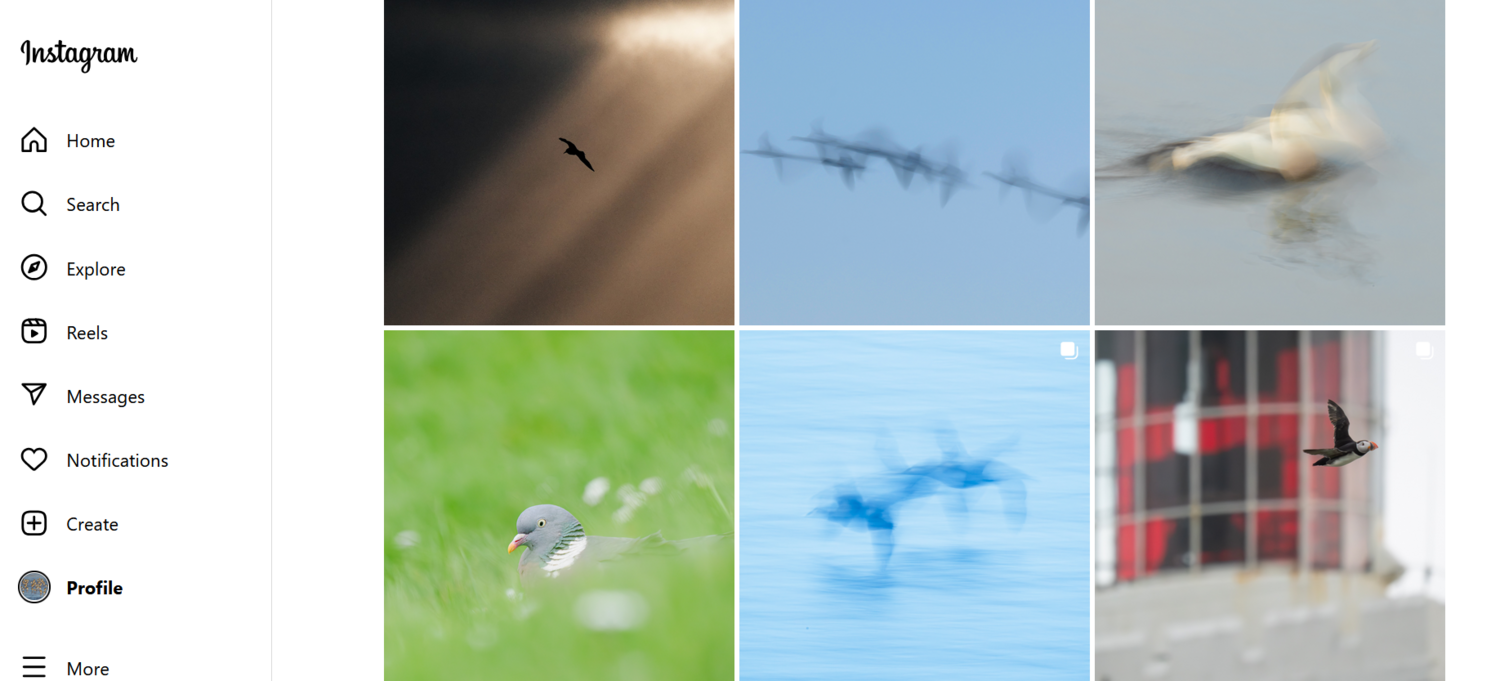
Poorly Quality Products on Online Marketplaces
When I made the change to digital photography, it was soon after the widespread use of the internet. I lived in a small village in the wilds of Scotland, and even my dial-up first-generation mobile phone connection gave me access to shops that were unavailable to me.
It wasn’t long after that when a lot of cheap photography products appeared on the market. This was when I discovered that a bargain isn’t necessarily so; you get what you pay for in the world of photography. Overly cheap filters, intervalometers, memory cards, lenses, and tripods flooded tax-dodging online marketplaces that had no concern about making sure the customer got a good deal.
I’ve still got the set of colored plastic filters I bought in my naivete. To be honest, I would be reluctant to condemn them to Room 101 because for low-fidelity photos, they are great. But a lot of people are conned into buying them, so into Room 101 they are kicked.
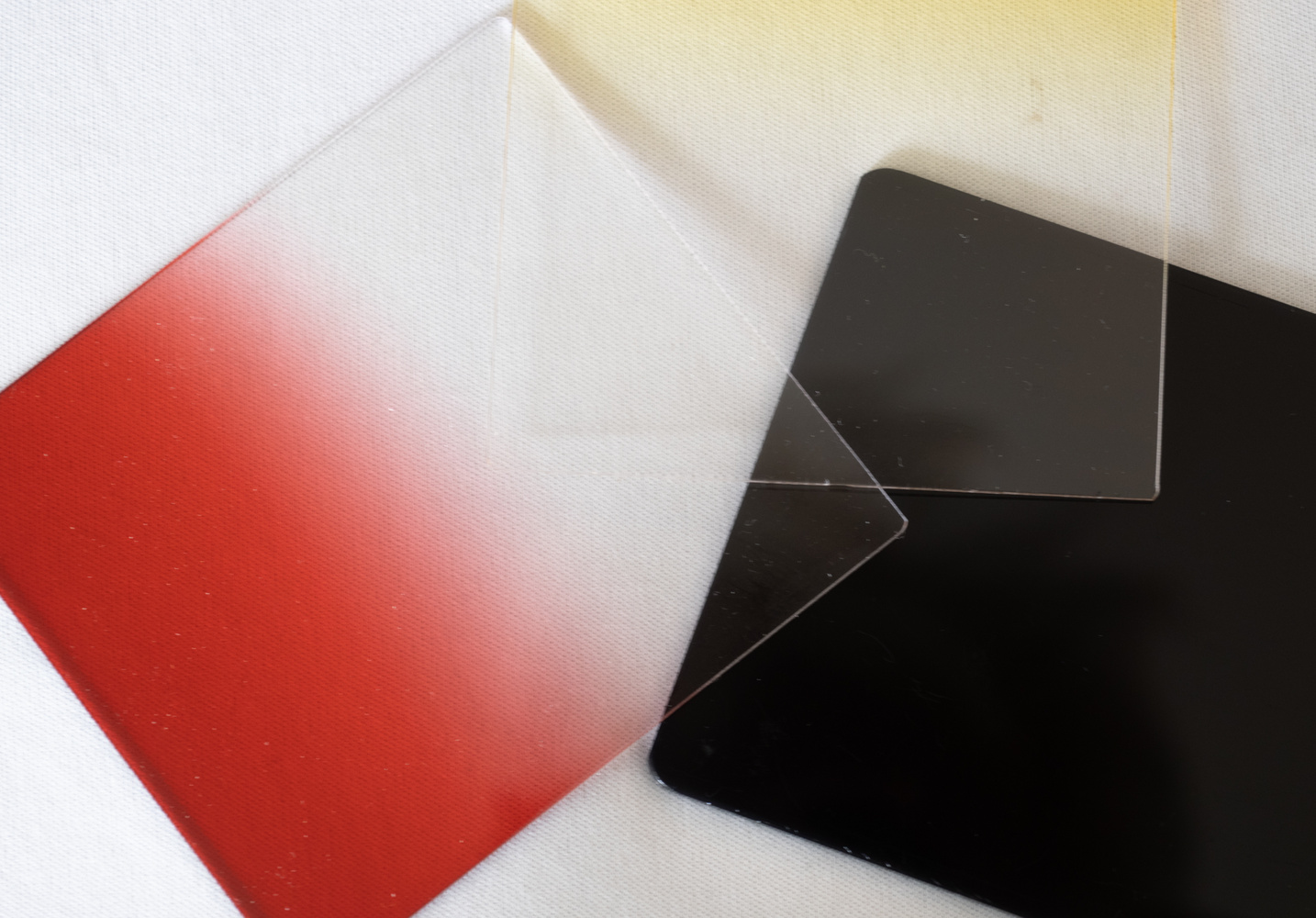
Fake Reviews
A long time ago, I used to buy two reputable photography magazines from the same publishing company. One month they both featured and reviewed the same entry-level camera. One gave the camera a five-star review and the other a pretty damning two-star review. Guess which article was right next to a full-page ad for that camera? The other magazine had advertisements for the camera’s main competitor.
Soon after that, customer reviews started to be noticed more. But then these became manipulated with disreputable traders using fake identities to write good reviews for themselves and bad ones for their competitors. Fortunately, there are browser plugins like Fakespot that help identify fake reviews.
Like many of the writers here, I write reviews of gear. I only write reviews of things that I think will be good. I get solicited all the time by manufacturers of rubbish products that don’t deserve to be reviewed. But if it is something worthwhile, I’ll agree to review it.
Sometimes I review the kit I bought and at other times what I have been sent to try. Much of that gets sent back to the manufacturer afterward, and at other times we get to keep it because of the cost of returning it. However, that doesn’t sway us in our opinions of the gear. If it’s good, we’ll say so, but at Fstoppers, we always mention what could be improved. Testing gear properly and then writing it up can take a couple of days.
With all the hard work and time that goes into writing an honest review, it grates that fake reviews get seen online.
Fake reviews I send into Room 101.
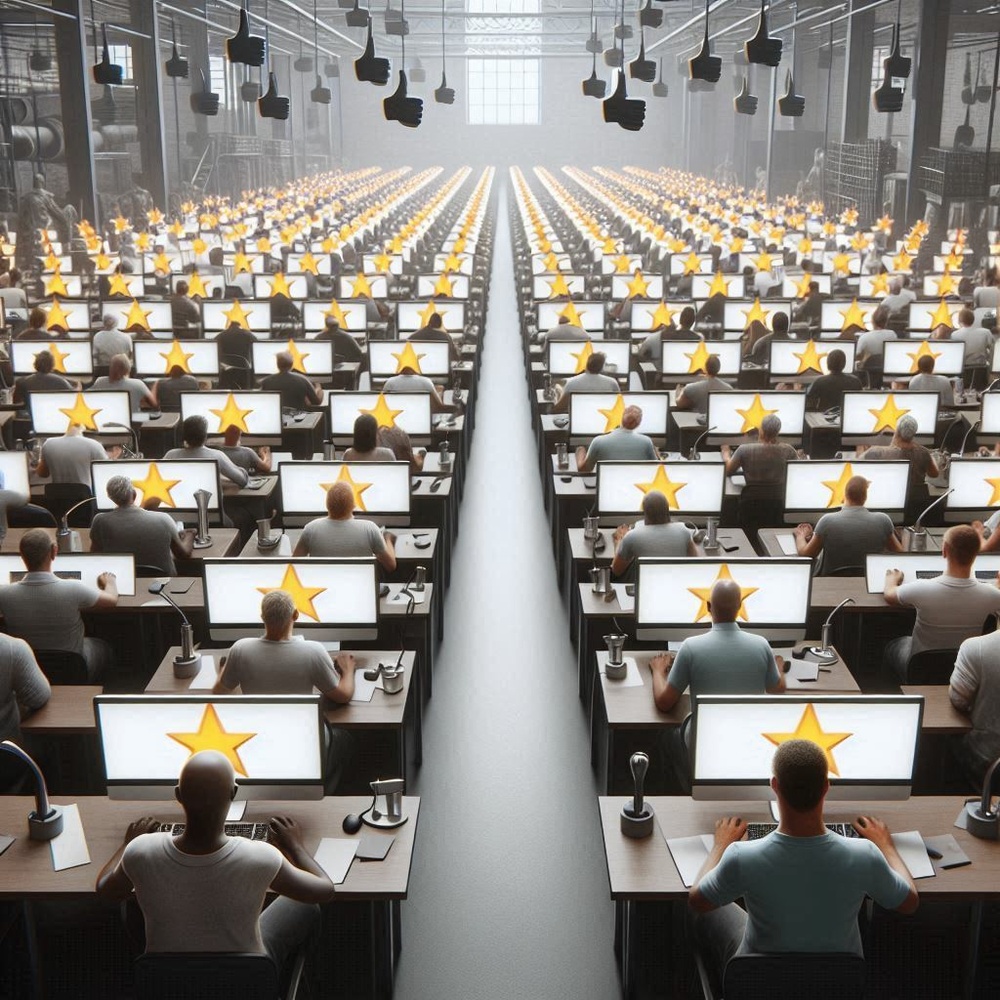
Big Businesses That Treat Customers With Contempt
Besides the cheap tat that should be consigned to Room 101, there’s the disappointment we get when a big brand brings out a new product and it doesn’t work properly. Unfortunately, the failure is only discovered after the product has been on the market for a while.
Perhaps the camera overheats or falls apart like the Canon R5, or maybe it was the lack of investment like the short-lived but otherwise great little Nikon 1 cameras. I’m going to include here software manufacturers that have a cynical attitude toward their clients too, introducing subscription-only plans when they promised to continue perpetual licensing. (Nobody has forgotten, Adobe.)
There are also poor-quality and overly restricted entry-level cameras that will either put the budding photographer off or force them to quickly upgrade because they outgrow the camera. Moreover, the advertising lie that suggests anyone who buys one of the manufacturer’s beginner’s cameras will become as good as the next National Geographic photographer is also contemptuous.
So, manufacturers who treat their customers with contempt are consigned to the hell that is Room 101.
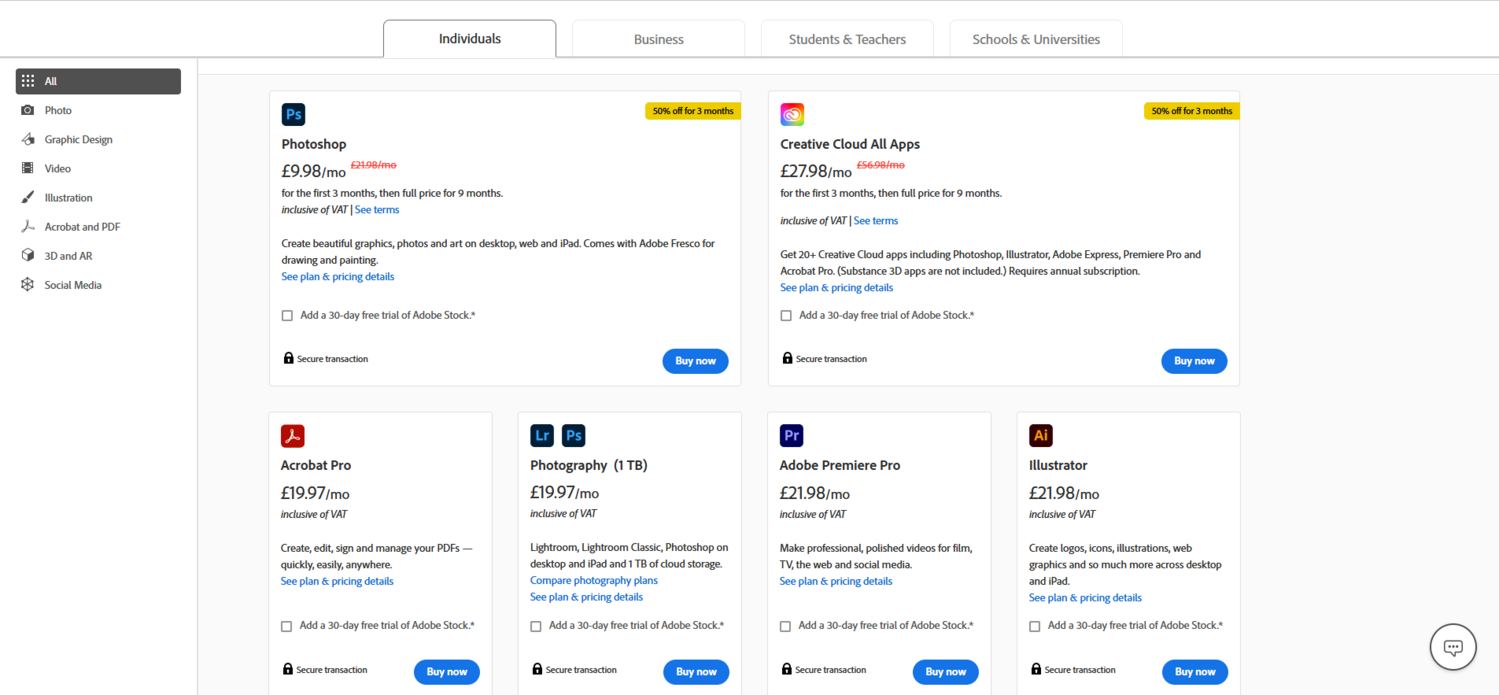
Single-Use Plastic
This is something I usually include in reviews, and I have found ever more manufacturers are taking heed of it. A couple of years ago, vast amounts of plastic packaging were used to accompany every product. Now, there has been a significant reduction, with many boxes just having a thin cellophane wrapper and no plastic inside. Better still are those who don’t put plastic around the outside of a box but protect the product in either a reusable or biodegradable bag within the box. Similarly, boxes are becoming plain, and the glossy unrecyclable plastic foil covering with metallic lettering is becoming a thing of the past.
Nevertheless, there are still manufacturers who insist on having several layers of plastic inside their packaging. Of course, they are missing out on customers who will reject their products because of it. In effect, they are condemning themselves to Room 101. Meanwhile, those businesses that respect the planet are held in high esteem.
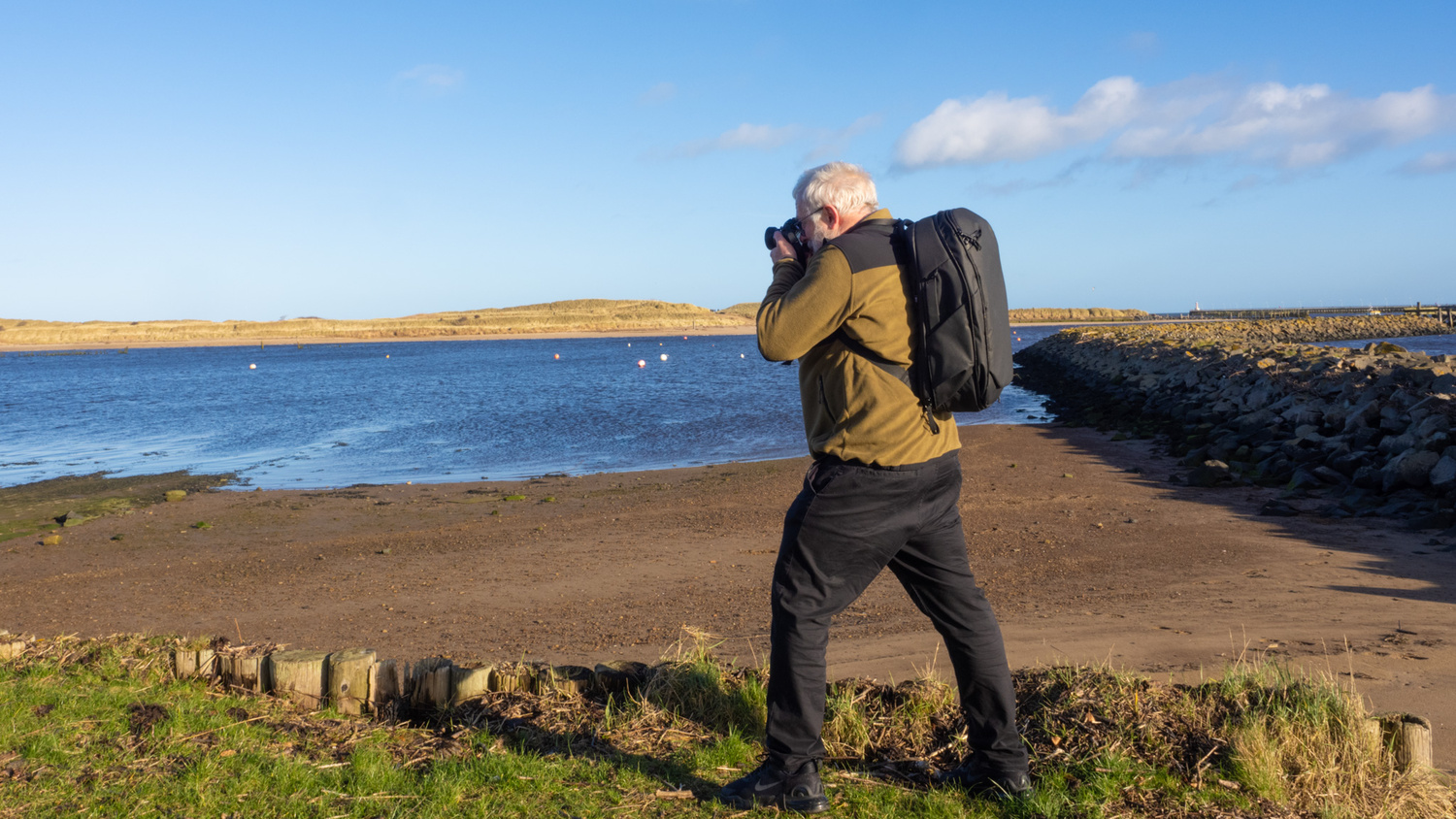
Stupid Names for Camera Functions
Camera manufacturers cannot agree on universal names for functions. Every other branch of science—and photography is as much a science as it is an art form—has standardized nomenclature.
Photography has branched out in a myriad of directions. Why would Nikon, Sony, and Canon call sequential shooting "continuous" when that word is widely associated with an autofocus mode? Then, who in their right mind at Canon decided that continuous autofocus should be called "AI Servo" or single autofocus "One-Shot"?
All manufacturers should stop pretending that their Matrix, Evaluative, multi, multiple, or Electro-Selective Pattern is anything but an advanced average metering mode.
Canon also went off-piste with the icons they use for their metering mode, too. They also have Av and Tv modes that the rest of the world calls A and S. Fujifilm, what’s with all those unlabeled buttons on the X-T4 or Single-Autofocus, Single Shot, and Shutter Priority all being labeled "S" on the X-T3?
Is there any other art or industry where there is such a confusing muddle of names designed to befuddle the user?
Stupid nomenclature is going into Room 101.
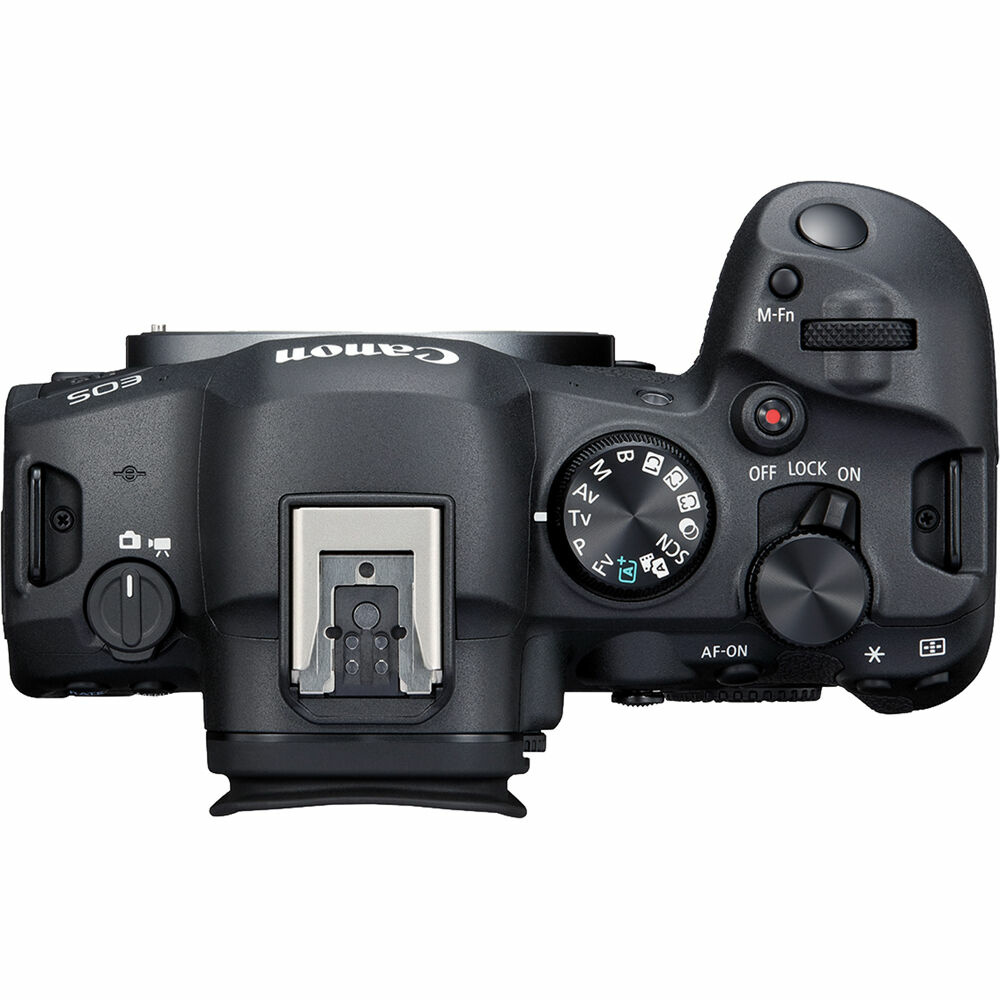
What Annoys You?
This is all a bit tongue-in-cheek. Adobe makes great software. Yes, AI Servo is a stupid name, but I guess Canon users get used to it. All these things I find just as funny as frustrating.
Perhaps those things don't bother you at all. Maybe you are annoyed at the AI generation that I used to create a couple of the pictures above, or all the Instagram reels of cats and cucumbers wind you up. Maybe it's a particular subject that you just can't capture.
What little irritations would you rant about and send off to Room 101? Keep it light-hearted and friendly; it's only photography and not war.
For some lighthearted rants while you are editing your photos, series one and series two of Room 101 can be heard on the BBC Sounds website.
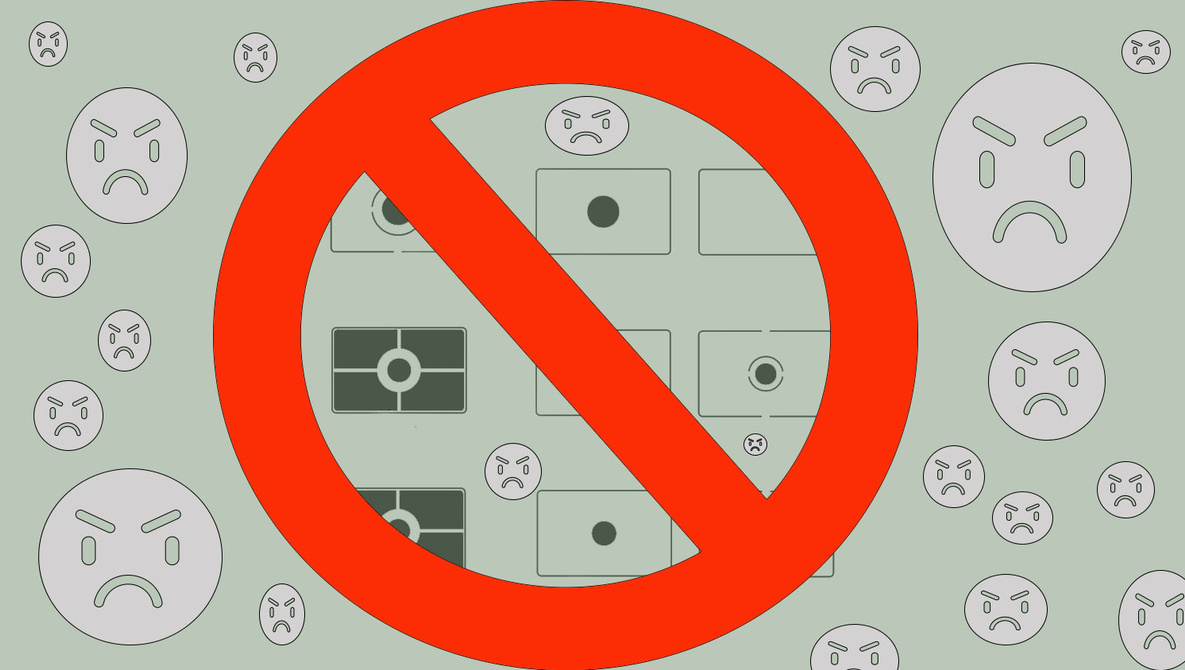







Ivor Rackham asked.
"What Annoys You?"
Clickbait titles for photography-related articles or videos.
A title should NOT be used to get people to click on it. A title SHOULD be a concise, accurate description of the contents of the video or article.
Even if a title sounds extremely interesting, if I suspect that it is not accurate, I will usually resist the temptation to click on it. I know I miss out on a lot of good content by doing that, but I feel it is the only thing I can do to "punish" the author or videographer for being so greedy.
Hi Tom. I always understand clickbait as those articles that entice you to see (for example) what Pamela Anderson looks like today because you wouldn't believe it, and 50 clicks later after seeing numerous other B-list celebrities you've never heard of or vaguely remember, you get an uninspiring paparazzi shot of Pam taken about 10 years ago. The articles here don't do that.
It's always a struggle for writers to produce compelling titles because if they do as you suggest and post some boring title then nobody would read it and they would not get paid. I sometimes see accusations of an article being clickbait just because a reader disagrees with the opinion.
Personally, I like reading those articles with fun or thought-provoking titles because they are often imaginative and challenge commonly-held beliefs. I see that as a good thing otherwise photography would become stagnant.
Of course, nobody forces anyone to read the articles here, and you are not charged for them.
But, if you want to send them off to Room 101 it's okay. It's your choice.
Thanks for the comment.
Ivor, thanks for responding to my answer. I also enjoy fun and thought-provoking titles, as long as they are accurately describing the contents of the article and/or video. Surely a good writer can come up with a title that is both interesting and precisely accurate.
Another type of title that I would send to room 101 is a title with an absolutist blanket statement. An example would be, "3 Things that Every Photographer Gets Wrong". I mean, if any photographer anywhere in the world gets one of those things right, then the title is a falsehood, a sham. Titles should be written carefully, in a way in which they could never be proven to be incorrect. An example would be, "3 Things that Most Photographers are Getting Wrong Most of the Time ". I am far more likely to click on, and read, an article with the 2nd title, because it seems reasonable instead of exaggerated and sensational. Exaggeration drives me away before I ever click. Realistic and reasonable draws me in and makes me want to read more.
Can we send people to Room 101?
Yes, as long as you agree to be sent there as well by whomever you choose!
1) Subscription software where there is no ongoing costs to the developer for someone using it (i.e. no server farm regularly performing tasks on a users behalf) or stream of continuous improvements being made.
2) Photography permits for public land. If my business is already taxed to pay for the land, I should not have to pay a permit fee to use that same land when shooting handheld! Unless a creative is coming in with a lot of gear or monopolizing/disrupting an area so others can't use it, then they should have the same usage rights as any other person there taking photos of their friends and family!
I absolutely agree with both of those. Off to Room 101 they go. Thanks for the suggestion.
Not so much about cameras or actual photography but rather a "Truth" that exists today in the photography culture. The truth that no longer can one be considered a truly good photographer without also being a master of post processing. So much of what is hailed as great photography is not so much photography proper but rather an artists rendition of what was once a photograph. While it is true that a great photo can be the foundation of a great image it is increasingly true that the two are not one and the same. This is the thing I would send to room 101.
I wholeheartedly agree! Post-processing is NOT photography. It is a separate discipline that many photographers use, but it is separate from the photographic process itself, just as the darkroom process was separate form photography itself - two very different skillsets.
Most of the things that people call photography are actually graphic art. Most of the images that people call photos are actually a combination of photographs and computer-generated graphics. And I am not talking about AI - just making adjustments to exposure changes an image from an actual pure photograph to a combination of a photo and graphic art. I wish that people would be more interested in semantics and insist that every word they use be completely accurate, from a literal standpoint.
lol... My son has reminded me any times about the importance of words. To wade into a bit of nuance I will say that Dark Room skills / post processing and Using a camera are nearly inseparable. If there is nothing that happens after the camera there is no photo to be seen except on the back of the camera. Supposing digital. For me it is only technical whether or not the exposure of a photo is perfect in camera or adjusted in the software. Same with sharpening and perhaps color / white balance. Those are things that can and as much as possible should be addressed in camera. If I use affinity's inpainting tool to remove a telephone pole from a scene yes I am creeping into the thing I would send to room 101. My defense is that if I could have moved the pole physically I would have. Which brings yet more nuance into the discussion. Is it ok to alter a scene physically from the way you found it before you shoot? Is that not the same as me using software to alter a scene? This subject has been addressed here on FStoppers before. I am not imagining I am addressing or revealing new thoughts. I do offer an analogy though that represents my feelings about artistic renditions of what was once a photo. If you are a proponent of Evolution there is a lingering question. At what point along the evolutionary timeline did the first , what we consider to be , the first fully human animal emerge? At some point there had to exist a creature that was neither human or the thing that came before. What was it? Where is the limiting line or distinguish parameter?? That is my conundrum in photography. At what point am I no longer a photographer but rather an artistic image creator? And why are photographers no longer given credit for being good photographers if they are not also great post processing artists?
While there may be times to argue the strict definition of a word, I disagree with you in the common sense that photography and post-processing are separate. Separate functions... okay. Separate skills... okay. But they're inescapably linked as necessary ingredients for making a photograph. You can't have one without the other, and still produce a picture. Obviously you need a camera to record data or expose film. But who looks at a sensor or negative? Those are not photographs... only a step to making one. Whether the camera "post-processes" the image capture internally according to jpeg settings of contrast, saturation, etc., or you perform that function in separate photo editing software, seems in my mind to be such a subtle difference as to render the distinction nearly meaningless.
I agree with your assessment that photography has expanded in the digital realm beyond a literal picture to include digital art. Therein lies the problem of photography which has traditionally been viewed as an "honest" means of communication, or is it an art form? Where's the dividing line? What is the true, uncontaminated "exposure" of a scene? A little darker? Maybe lighter? Was I wearing sunglasses that afternoon which distorted my perception of reality? Is raising the exposure 1EV in camera not photography? We could argue reality all day long and not come to an agreement.
My point is that a photographer must absolutely have all of the critical ingredients (camera and post-processing) at his command in order to achieve the objective of his efforts: a photograph. And photography is simply that... a picture. There are no better single words to describe my work. I should not have to write a book precisely stating how I made it, and to what extent I took liberties with exposure, or cloning a distracting element out of the image. Photojournalists and advertisers can wrestle with that subject. I make pictures which (in the words of AA) either speak to you or they don't.
I agree with that sentiment, Charles. However, all photos are processed, if not by the photographer then by a clever team of engineers who programmed the chip in your camera.
But it's your choice, so off to Room 101 it goes,
Please see my further exploration above. You are correct.
1 No photography signs in publicly owned monuments and famous ecclesiastical monuments.
2 Private public spaces in cities, with restrictions on photography.
3 Freedom of Panorama laws ( https://en.wikipedia.org/wiki/Freedom_of_panorama). In France and
Italy I can take pictures in public and ecclesiastical monuments, for private use only.
4 People who steal pictures from my Blog. Especially the Ex vice mayor of a large Northern Italian city,
who illustrated a tourist guide book with my pictures, without asking, and refused to pay when caught
out.
5 Photo forum CC camera club type photo criticism of other peoples shots. Hey, you do not know why I
took this shot and under what conditions.
All good points, Nigel. I have a clause in my terms and conditions for charges I make for people using my images without permission. Copyright theft is illegal in every country that has signed up to the Berne Convention, and Italy has. Therefore, you can sue the person who stole your images and report it as a crime.
A good summary of the law in Italy is here: https://www.jacobacci-law.com/hubfs/2023%20Copyright%20-%20Italy.pdf
Boring long-winded articles and videos longer than 10mins.
Companies that produce cheap copies of other companies products, like yongnuo with their Canon copies.
Another thing that annoys me, but is completely harmless and those people shouldn’t be sent to room 101, people who use a lens with a lens hood in the reversed position.
Ruud van der Nat wrote:
"Another thing that annoys me, but is completely harmless and those people shouldn’t be sent to room 101, people who use a lens with a lens hood in the reversed position."
Guilty!
But I will ask you .....
If I am using a lens that has a hood, but in conditions that do not require a hood, what is wrong with having the hood on the lens in the reverse position, as a way of storing the hood? I mean I want the hood to be with me in case I decide to shoot into the light or side-lit, but I do not want the hood interfering with other shots. So having it on the lens, but reversed, seems to be the most practical way to do it. If I put the hood loose in my pack, it can get crushed and broken by heavier things pressing against it (this happened to the hood for my 100-400mm lens).
So what would you do if you want a hood with you, but what you are shooting at the moment does not require a hood, and a hood in the "correct" position would block light from getting to your subject, or scare your subject away?
In the rare occasions I don’t use my lens hood (almost always use it for protection too, I don’t use uv filters) for example where there’s no side light on the lens then it’s easier to leave it off and much easier to adjust the polariser, I just store it in my bag in the spot for the lens, nothing is going to crush it in my bag. I get it if your doing macros the lens hood will get in the way, but if you leave it on reversed it blocks the manual focus ring (with many lenses). But be free to do what ever you like as long as it doesn’t harm anyone.
Instagram reels. I despise them so much I found a way to hide them from my feed (via computer).
Last but not least, AI portraits (see attached sample). Most egregious are ones that try to pass them off as actual photos. I block accounts that post and support AI portraits so they won't show up on my IG Explore or Suggested posts.